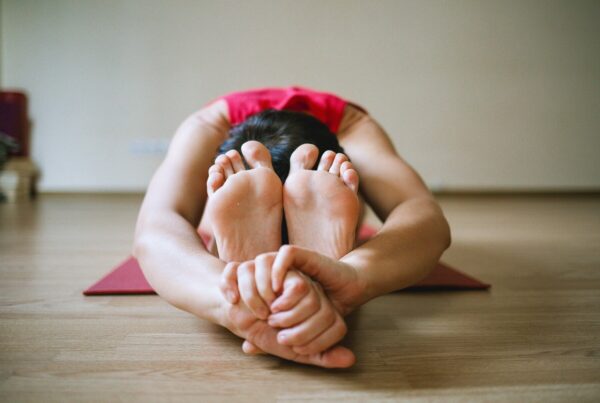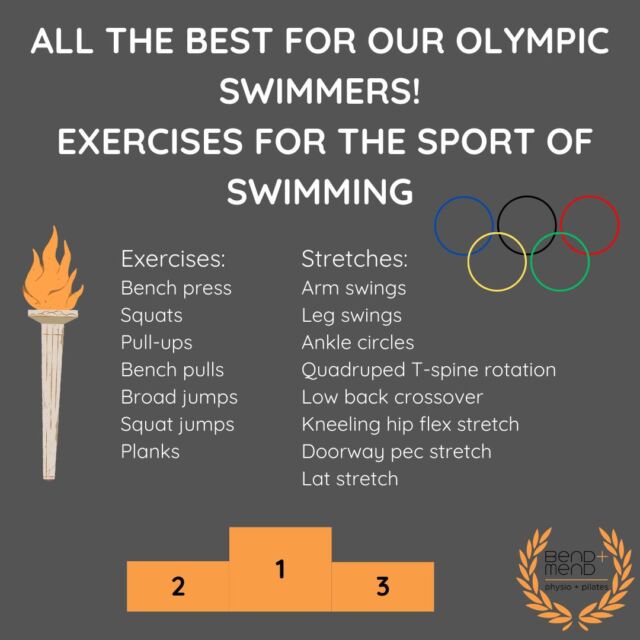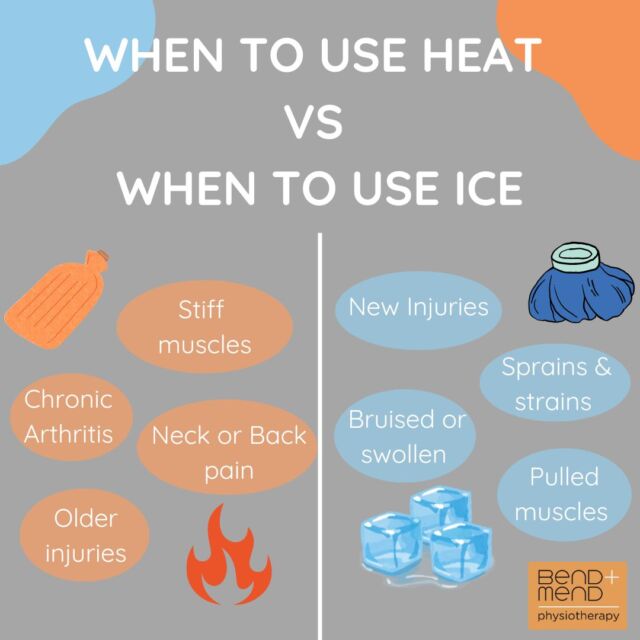Hypermobility is present in up to 15% of the population in one form or another. Hypermobility means your joints can move beyond the normal range of motion. Being extra flexible is an advantage in activities such as swimming, dancing, or gymnastics. Most flexible people don’t experience pain or symptoms due to their flexibility. However, others can experience symptoms, and this is when being “flexible” or “double-jointed” can become problematic. In a small percentage of cases, joint hypermobility is just a symptom of a much larger syndrome, such as Ehler’s Danlos Syndrome and Marfan’s Syndrome, just to name a couple.
Some of the most common symptoms of hypermobility include:
• Frequent subluxations or dislocations
• Chronic pain
• Neural tissue pain (eg. pins and needles)
• Gut issues (eg. IBS)
• Autonomic dysfunction (eg. POTS)
• Anxiety
• Fatigue
• General deconditioning
• Excessive bruising
• Disrupted sleep
• Headaches / dizziness
• Pelvic floor concerns or prolapse
Many people exhibiting hypermobility have family members who are ‘flexible.’ The condition commonly runs in families.
Interestingly, joint hypermobility occurs three times more frequently in women than men.
Some other factors that can contribute to hypermobile joints are:
• Strength/muscle tone- weaker, or more relaxed muscles allow for a greater range of movement.
• Bone shape/Joint socket depth- shallow joint sockets, allow a greater range of movement than is considered normal.
• Poor proprioception (ability to sense movement)- you may struggle to sense how far you stretch your body, leading to hyperflexion.
Not sure if you are hypermobile? Take this quick screening test.
• Can you now (or could you ever) place your hands flat on the floor without bending your knees?
• Can you now (or could you ever) bend your thumb to touch your forearm?
• As a child did you amuse your friends by contorting your body into strange shapes or could you do the splits?
• As a child or teenager did your shoulder or kneecap dislocate on more than 1 occasion?
• Do you consider yourself double-jointed?
If you answered ‘Yes’ to 2 or more of the above questions, there is a high likelihood that you have joint hypermobility.
What can Physiotherapy do for hypermobility?
– Complete a formal assessment using the Beighton’s Score which determines the presence or absence of hypermobility.
– Provide you with education regarding normal joint ranges and how to prevent an unstable joint by avoiding extreme joint ranges.
– Provision of active mobilisation exercises which can reduce strain on injured ligaments, augment proprioceptive feedback and optimise muscle action.
– Provision of strengthening exercises which can stabilise muscles around hypermobile joints which is effective for joint support and reducing pain.
– Provision of proprioceptive exercises as a decrease in joint position sense will make you more vulnerable to damage. These may include balance and co-ordination exercises.
– Control neutral joint position by identifying the abnormal resting position of symptomatic joints and retraining postural muscles to facilitate optimal joint alignment.
– Retrain dynamic control involving retraining of specific muscles to maintain joint position while moving adjacent joints.
– Motion control which includes improving the ability of specific muscles to control the joint through its entire range, both concentrically and eccentrically, static and posture.
If you are concerned that hypermobility is impacting you, please contact our team at Bend + Mend to book in for an assessment with one of our experienced Physios.







